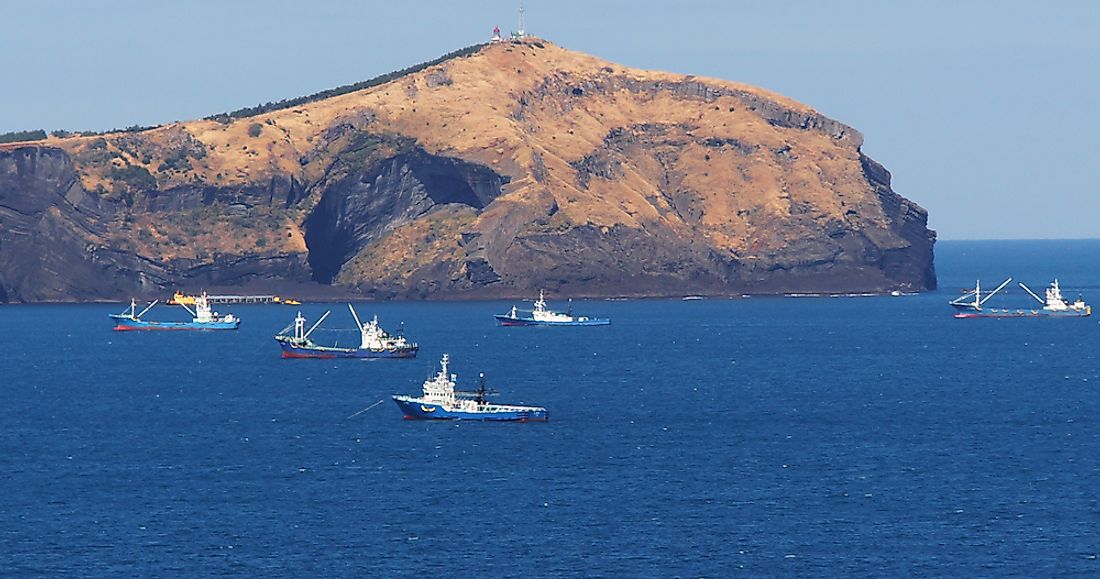Where Is The Eastern Channel (Korea Strait)?

The Eastern Channel is a channel that is part of the Korea Strait between Korea and Japan. It separates the Sea of Japan (East Sea), the East China Sea, and the Yellow Sea. Also known as the Tsushima Strait, the Eastern Chanel is located east and southeast of Tsushima Island, while the Japanese islands of Honshu, Goto and Kyushu are located east and northeast, south, and southeast of the channel, respectively. The narrowest part of the channel is located near Shimono-shima, which is the southern portion of Tsushima Island, and is made narrow due to Iki Island. The channel is part of one of the world’s busiest sea routes. In addition, the Eastern Channel holds historical significance in the region.
Geography
The Eastern Channel has a length of approximately 100 km, a width of 65 km at its narrowest point, and a depth of 140 m. The channel is situated along the path of the warm Kuroshio Current, which carries rich fish resources from the East China Sea to the Sea of Japan. Some of the fish species carried by the current include Japanese amberjack and Japanese horse mackerel. Interestingly, Japan's territory only includes three nautical miles into the channel instead of the standard twelve miles, supposedly to allow US Navy ships with nuclear weapons to travel through the strait without going against Japan's laws prohibiting nuclear weapons.
History
Evidence suggests the earliest settlement of people resembling the modern Japanese population was located beside the Eastern Channel, in northern Kyushu. Historically, the channel, including the larger Korea Strait, was used a trading route between Japan and other countries. In addition to trade, the route was also used for migration and invasion. For example, Buddhism and various Chinese texts were transported from the Korean Peninsula to Japan through the Eastern Channel during the 5th century. The Mongol invasion of Japan, under the rule of Kublai Khan, occurred through the channel, although Japan was ultimately saved by the kamikaze typhoon, which sank most of the Mongol ships.
Battle of Tsushima
The Eastern Channel was the site of a naval battle between Japan and Russia in 1905. The Battle of Tsushima, which was part of the larger Russo-Japanese war, is also sometimes referred to as the Naval Battle of the Sea of Japan or the Battle of Tsushima Strait. That battle the first time wireless radios were used to devastating effect, and resulted in the almost total destruction of the Russian fleet, while Japan lost only three torpedo boats. The Battle of Tsushima was fought May 27 and May 28, 1905, under the command of Russian Admiral Zinovy Rozhestvensky and Japanese Admiral Tōgō Heihachirō, and ultimately resulted in Russia's signing of a peace treaty in September 1905.











